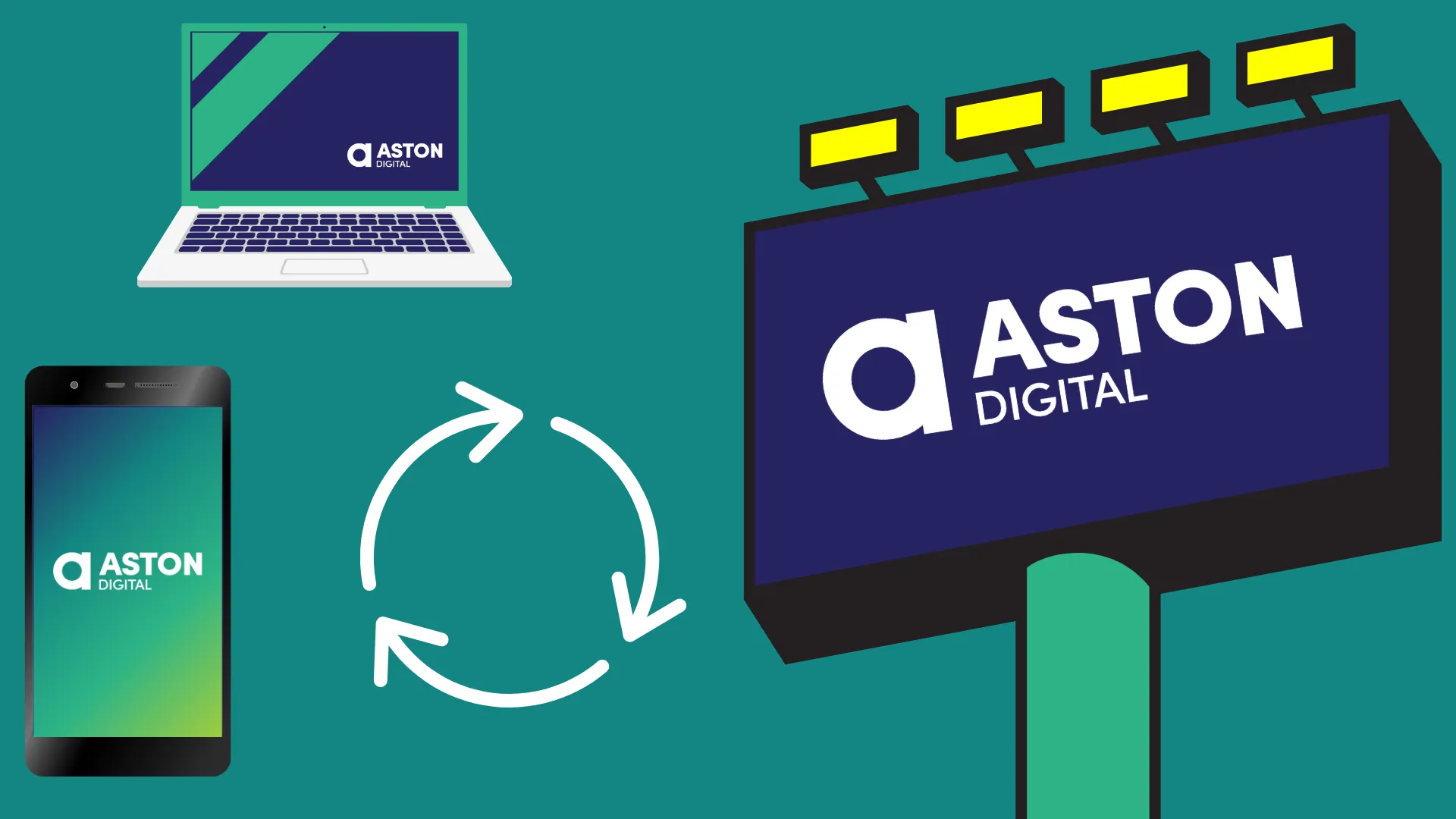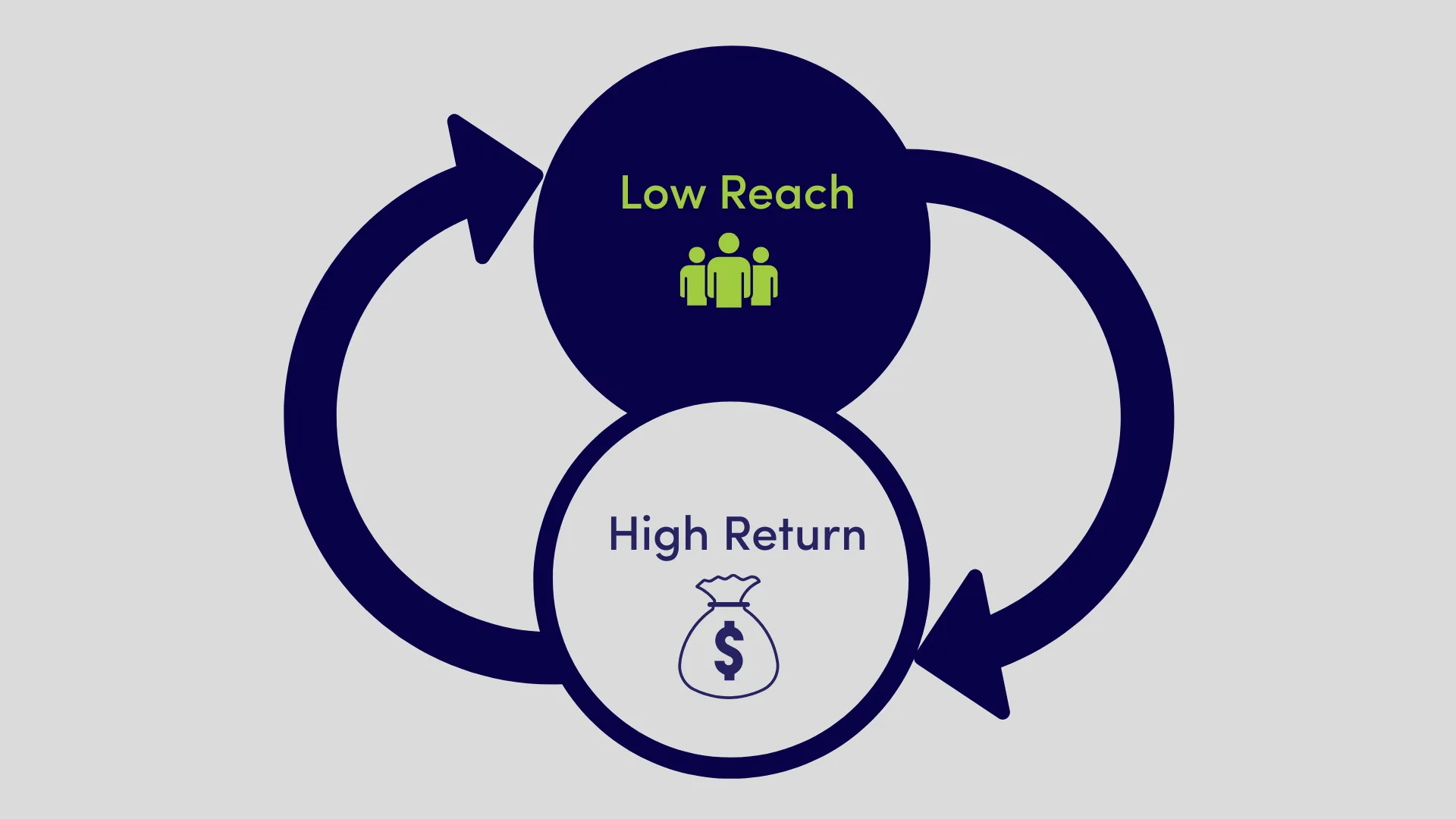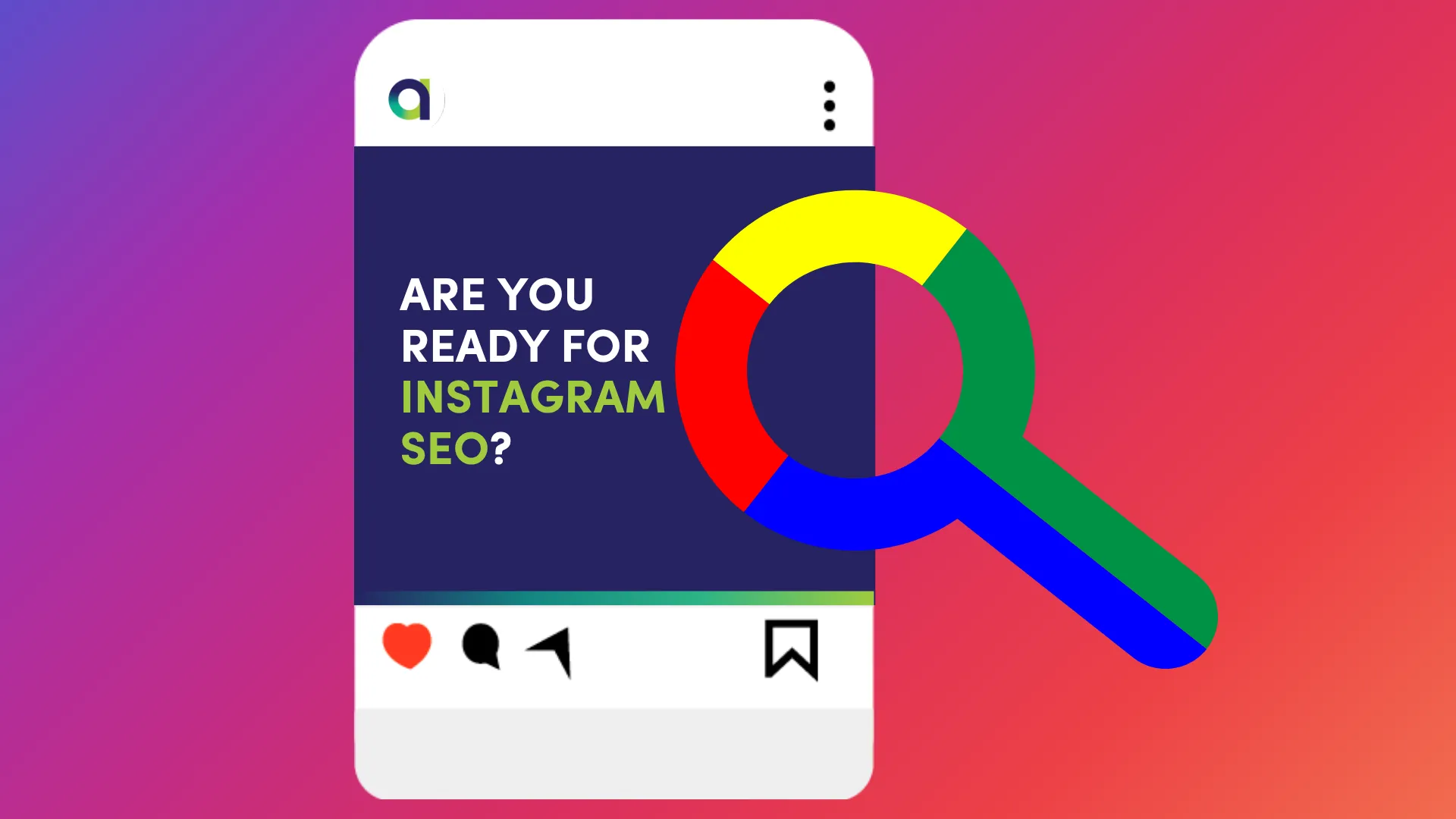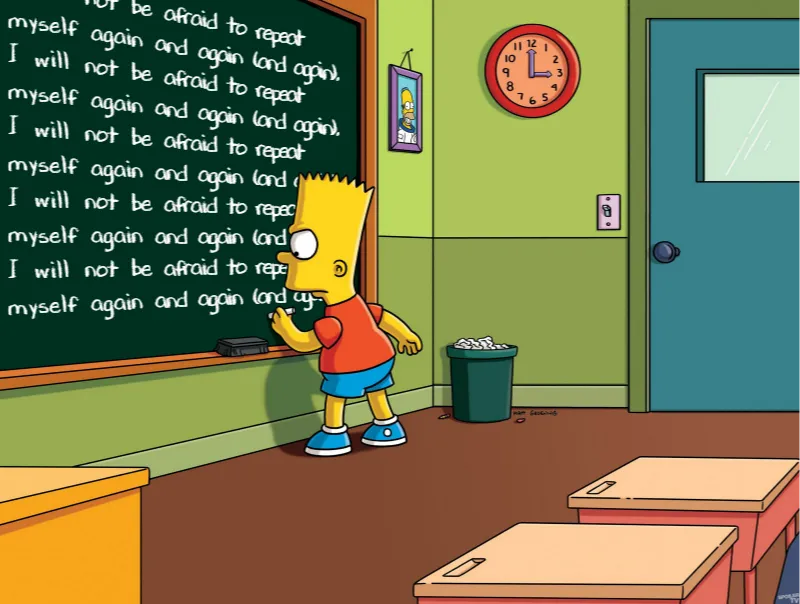Consumers are becoming more emotive in their buying decisions and are craving genuine connections with brands. Enter low-fidelity (lo-fi) content. More than just a passing trend, lo-fi content has proven to be a powerful strategy for building deeper and more authentic relationships with audiences.
What is low-fidelity content?
Lo-fi content is raw, unpolished and authentic, resembling user-generated content that is currently thriving on social media platforms.
It’s the antithesis of the polished, high-spec, high-fidelity (hi-fi) content that once dominated the advertising world.
Historically, brands – especially medium to large ones – have rigidly adhered to style guides to maintain a flawless image. But times have changed. Today’s audiences are gravitating toward relatable, authentic content, demanding less perfection and more humanity.

Why lo-fi content should lead your digital strategy in 2025
Lo-fi content isn’t just a cost-effective approach; it’s a strategic tool that offers significant benefits:
1. It builds trust with consumers
Modern consumers, especially younger ones, are discerning and value transparency. Lo-fi content allows brands to share their authentic selves – highlighting their values and engaging in meaningful conversations. This approach builds a loyal community of followers, transforming brands from product-sellers to trusted allies in the audience’s consumer journey.
2. It’s showing increasing engagement
A 2024 HubSpot Social Media Marketing Report revealed that over 60% of consumers prioritise authentic, relatable content over polished visuals. Lo-fi content doesn’t just resonate – it performs. One study found lo-fi videos garner 40% more views than their hi-fi counterparts. With social algorithms rewarding high engagement, this boosts both visibility and reach for brands.
3. It’s time efficient and agile
Unlike stylised productions that can take weeks or months to perfect, lo-fi content thrives on immediacy. Its raw, real-time nature allows brands to capitalise on trending topics and cultural moments instantly, keeping their content relevant and timely.
4. It reduces production costs
In an era of tightened budgets, lo-fi content is a marketer’s ally. Its minimal styling and editing requirements make it a cost-effective alternative, whether produced in-house or through a content production agency.
The role of brand storytelling
While lo-fi content embraces spontaneity, it should still align with your brand’s overarching narrative. A mix of lo-fi and hi-fi content strikes the perfect balance, ensuring your brand’s story remains consistent while appealing to diverse audience preferences.
Foundational marketing principles – such as clear messaging and strategic planning – are just as critical in this space. Effective lo-fi content is curated with purpose, contributing to a cohesive online and offline strategy.
Lo-fi content is the future of marketing
The lo-fi revolution is reshaping how brands connect with their audiences. As we head into 2025, the brands that embrace authenticity and prioritise value-driven content will emerge as leaders.
At Aston Digital, we’re here to guide you through this transformation, helping you create content that resonates, engages and builds genuine connections.
Let’s embrace the lo-fi revolution together.

For years, Search Engine Optimisation (SEO) was the golden rule of digital marketing. Optimise keywords. Earn backlinks. Climb the rankings. But the way people find answers is [...]

A billion searches were made on ChatGPT last week alone. Now, OpenAI is turning those queries into a powerful new retail experience. ChatGPT recently launched its AI [...]

Google’s AI Overviews are reshaping search by pulling answers from the places people are actually talking: Reddit, YouTube, Quora and other community-driven platforms. According to new data [...]

Quick Website Audit Checklist When was the last time you really looked at your website through the eyes of a customer? We often assume that once [...]

For years, Search Engine Optimisation (SEO) was the golden rule of digital marketing. Optimise keywords. Earn backlinks. Climb the rankings. But the way people find answers is [...]

When you see a paid ad, nine times out of ten, you're probably not clicking on it. Instead, you'll likely hop over to Google, search the brand [...]

In digital advertising, audience targeting has always been both an art and a science. But what if the science just got smarter - a lot smarter? We’ve [...]

With attention spans getting shorter and competition fiercer, brands are constantly searching for that magic formula to stand out. But the answer isn’t always a bold campaign [...]

A billion searches were made on ChatGPT last week alone. Now, OpenAI is turning those queries into a powerful new retail experience. ChatGPT recently launched its AI [...]

Google’s AI Overviews are reshaping search by pulling answers from the places people are actually talking: Reddit, YouTube, Quora and other community-driven platforms. According to new data [...]

We recently posted a simple promotion on a client’s social media account. It was about a niche product - nothing flashy, not designed to go viral, just [...]

Starting July 10, 2025, public posts from professional Instagram accounts will start appearing in Google search results. That means your photos, Reels and videos could soon show [...]

One of the most common concerns we hear from clients is: “I feel like we’re repeating ourselves too much.” They worry that saying the same message more [...]

Quick Website Audit Checklist When was the last time you really looked at your website through the eyes of a customer? We often assume that once [...]

